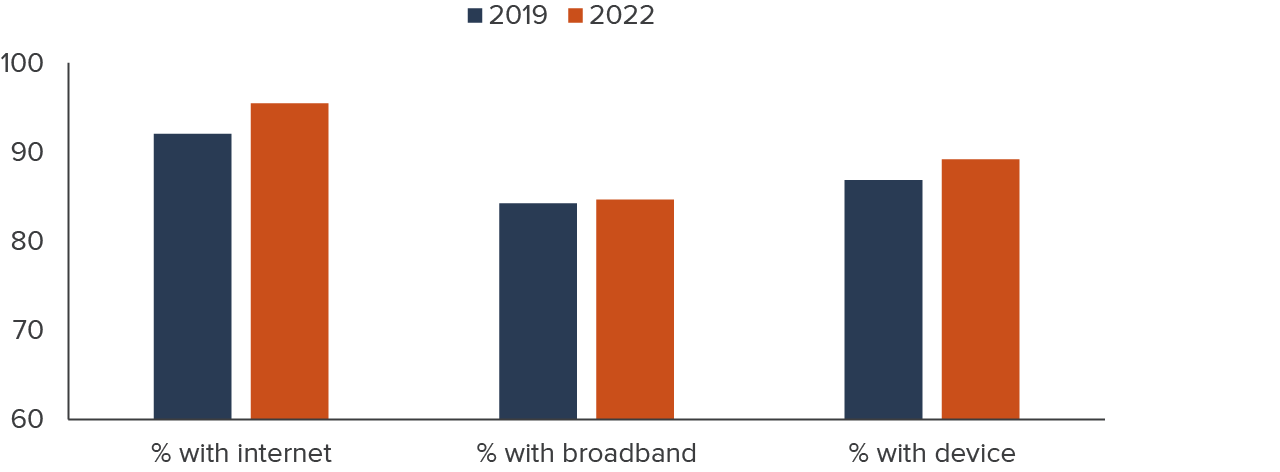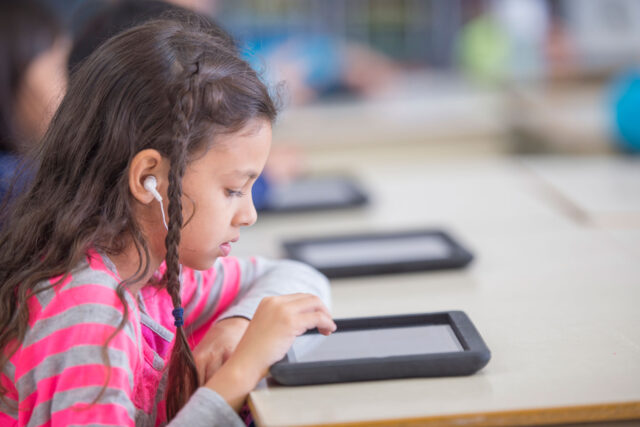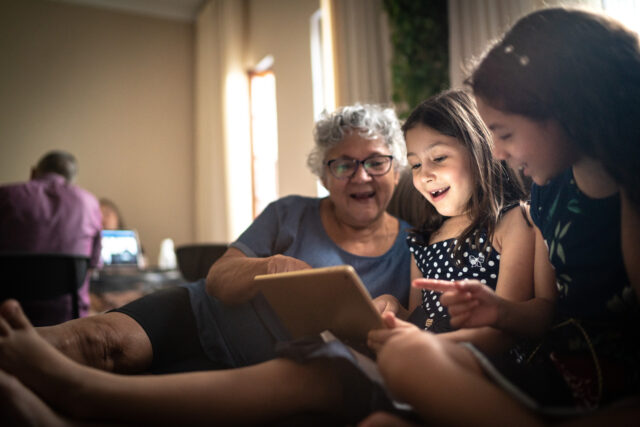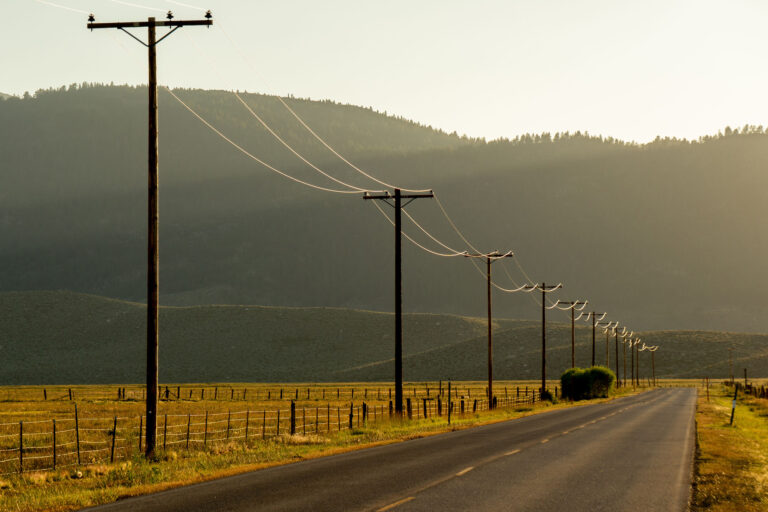Digital access is at an all-time high in California—and the digital divide has narrowed.
- A record-high 95% of Californians had access to internet—including satellite—at home in 2022, up from 92% in 2019. Internet access increased the most among historically marginalized communities: 94% of Black households had internet, up from 88% in 2019; increases were similar among Latino, low-income, and rural households, as well as households headed by non–college graduates.
- A lower share of California households have broadband/high-speed internet access (85%), and progress since 2019 has been more modest (1 percentage point). Black, Latino, and low-income households saw slightly larger increases (about 3 percentage points).
- The share of California households with a desktop, laptop, or other computing device increased by 2 percentage points, from 87% in 2019 to 89% in 2022. Device access increased 5 percentage points among Black, Latino, and low-income households. Despite widespread distribution of devices in schools during the pandemic, households with school-aged children saw only a modest increase in access, from 93% to 95%.
Digital access is at an all-time high in California

SOURCE: Author’s calculations using 2019 and 2022 ACS one-year estimates.
Racial/ethnic, socioeconomic, and geographic disparities persist.
- Eight in ten low-income households and only about two in three rural households have broadband access at home. Rural households and households not headed by a bachelor’s degree holder have made no gains in broadband access since 2019.
- About 6% of Black, Latino, low-income, and non-college-degree households have no internet at all.
- Only about 80% of low-income and rural households have devices.
Californians use the internet for a variety of purposes.
- Most Californians use the internet to communicate and stay connected. Over 90% are texting or instant messaging, 73% engage in social networks such as Facebook, X, or Instagram, and 69% use video/voice services such as FaceTime or Skype.
- More than half of Californians access essential services online. More than three-quarters use the internet for financial transactions, such as banking, investing, paying bills, or sending money; 56% access health records or insurance information online and 48% use it to access government services, such as registering to vote or renewing a driver’s license. Black, Latino, low-income, and non-college-degree households are less likely to use the internet for those purposes.
- Many Californians use the internet for work-related purposes: 31% telecommute, 27% take virtual educational classes or job training, and 25% search or apply for jobs online.
Major federal and state investments have helped narrow the digital divide.
- The pandemic spurred multiple investments in availability, affordability, and adoption—three keys to universal digital access.
- The federal Affordable Connectivity Program provides monthly subsidies for household internet. As of February 2024, nearly 3 million California households—half of those eligible—were enrolled. Congress has not yet renewed ACP funding as of spring 2024; as a result, the program has halted enrollment, and participating households will receive the benefits until the current funding is exhausted, probably in April 2024.
- The federal Broadband Equity, Access, and Deployment (BEAD) program (part of the 2021 infrastructure bill) provides $42 billion for digital equity planning, expanding infrastructure, and increasing broadband use and adoption. California has been allocated approximately $2 billion based on its share of unserved locations.
- At the state level, Senate Bill (SB) 156 (2021) provides $6 billion to expand broadband access, including $3 billion to create an open-access middle-mile network (infrastructure that connects global and local networks), $2 billion to expand the last-mile network (connecting to businesses and homes), and $750 million to help local governments complete last-mile projects. Most of this funding comes from the federal American Rescue Plan Act; it must be encumbered by December 2024 and spent by December 2026.
Topics
COVID-19 K–12 Education Population Poverty & InequalityLearn More

Blog Post · April 3, 2024
As Internet Usage Grows, Californians Are Concerned about Online Security

Blog Post · February 21, 2024
Testimony: California’s K–12 Digital Divide Has Narrowed, but Access Gaps Persist

Blog Post · December 4, 2023
How Have California School Districts Used the Emergency Connectivity Fund?

Blog Post · September 18, 2023
Did Pandemic Aid Narrow the Digital Divide?

Report · March 2023
Achieving Universal Broadband in California

Report · October 2021
Achieving Digital Equity for California’s Students


